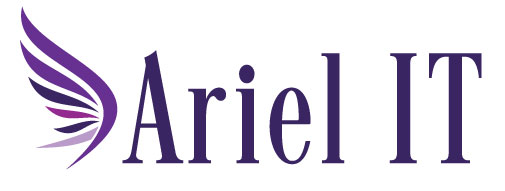The Hallmarks of a Healthy IT Culture
A healthy IT culture isn’t just a nice-to-have—it’s a business imperative. For organizations of all sizes, the risks of cyberthreats, data loss, and operational downtime are real, costly, and ever evolving. Yet, many businesses still treat IT security as a reactive function rather than a strategic pillar of business success. That mindset needs to change.
A healthy IT culture is proactive, embedded in the organization’s DNA, and championed from the top down. It’s not just about having the right tools—it’s about fostering a mindset of vigilance, responsibility, and resilience. For organizations committed to excellence in security and business continuity, here are the five hallmarks of a healthy IT culture.
1. Proactive Monitoring and Management
Healthy IT cultures don’t wait for something to break. They monitor systems continuously—servers, endpoints, networks, and cloud environments—to detect anomalies before they become disasters.
Key Practices:
- Centralized monitoring dashboards
- Automated alerts and escalation protocols
- Regular performance and security audits
Real-World Example:
A mid-sized accounting firm avoided a major ransomware attack because their monitoring system flagged unusual outbound traffic from a user’s machine. Quick action prevented the spread.
2. Endpoint Protection: It’s Non-Negotiable
Every laptop, desktop, and mobile device is a potential entry point for attackers. With hybrid work becoming the norm, endpoint protection must be robust and consistently enforced.
Key Components:
- Next-gen antivirus and Endpoint Detection and Response (EDR)
- Device encryption
- Mobile device management (MDM)
Real-World Example:
A consulting firm ensured all remote workers’ devices were encrypted and equipped with EDR solutions, significantly reducing the risk of data breaches.
3. Backup and Disaster Recovery: Your Safety Net
Backups are your last line of defense. But not all backups are created equal. A healthy IT culture ensures backups are a routine part of business operations.
Key Components:
- Automated
- Tested regularly
- Stored securely (ideally offsite or in the cloud)
Real-World Example:
A nonprofit lost access to its donor database due to a server crash. Thanks to a recent backup and a tested recovery plan, they were back online in under two hours.
4. Data Protection and Security: Everyone’s Job
Data is the lifeblood of modern organizations. Protecting it isn’t just IT’s job—it’s everyone’s responsibility.
Key Practices:
- Role-based access controls
- Data classification and encryption
- Regular security awareness training
Real-World Example:
Over 80% of data breaches involve human error. Employees trained to recognize phishing attempts and follow secure practices is just as important as firewalls and encryption.
5. Leadership Buy-In and Accountability
Perhaps the most critical hallmark is leadership that champions IT health. When executives prioritize cybersecurity and IT hygiene and visibly support the IT staff, it sets the tone for the entire organization.
Key Practices:
- Regularly discussing IT health in leadership meetings
- Allocating budget for cybersecurity initiatives
- Setting clear IT policies and accountability measures
Real-World Example:
If IT is only discussed during budget season or after a breach, an organization’s culture needs a reset.
6. Adaptability in the Face of Evolving Threats
Cyber threats evolve daily. A healthy IT culture embraces change, stays informed, and adapts nimbly. Being quick to respond requires regularly monitoring evolving threats, listening to experts in the field, and building IT partnerships that enhance security.
Key Practices:
- Staying current with patches and updates
- Following threat intelligence feeds
- Participating in industry forums and peer groups
Real-World Example:
In 2024, a small logistics company lost $1.2 million in revenue due to a week-long outage caused by a ransomware attack. Their backups were outdated, and their response plan was nonexistent.
The Bottom Line
The question isn’t if your organization will face a cyber incident—it’s when. A healthy IT culture doesn’t eliminate risk, but it dramatically reduces the impact and accelerates recovery time. Building a healthy IT culture isn’t about fear—it’s about resilience. It’s about creating an environment where technology empowers your mission, not threatens it.
For business owners, finance leaders, and executive directors, the time to invest in IT health is now, because IT health is business health.
Ready to take your organization’s IT culture to the next level?
Contact us today for a free consultation and discover how we can safeguard your IT environment together!
